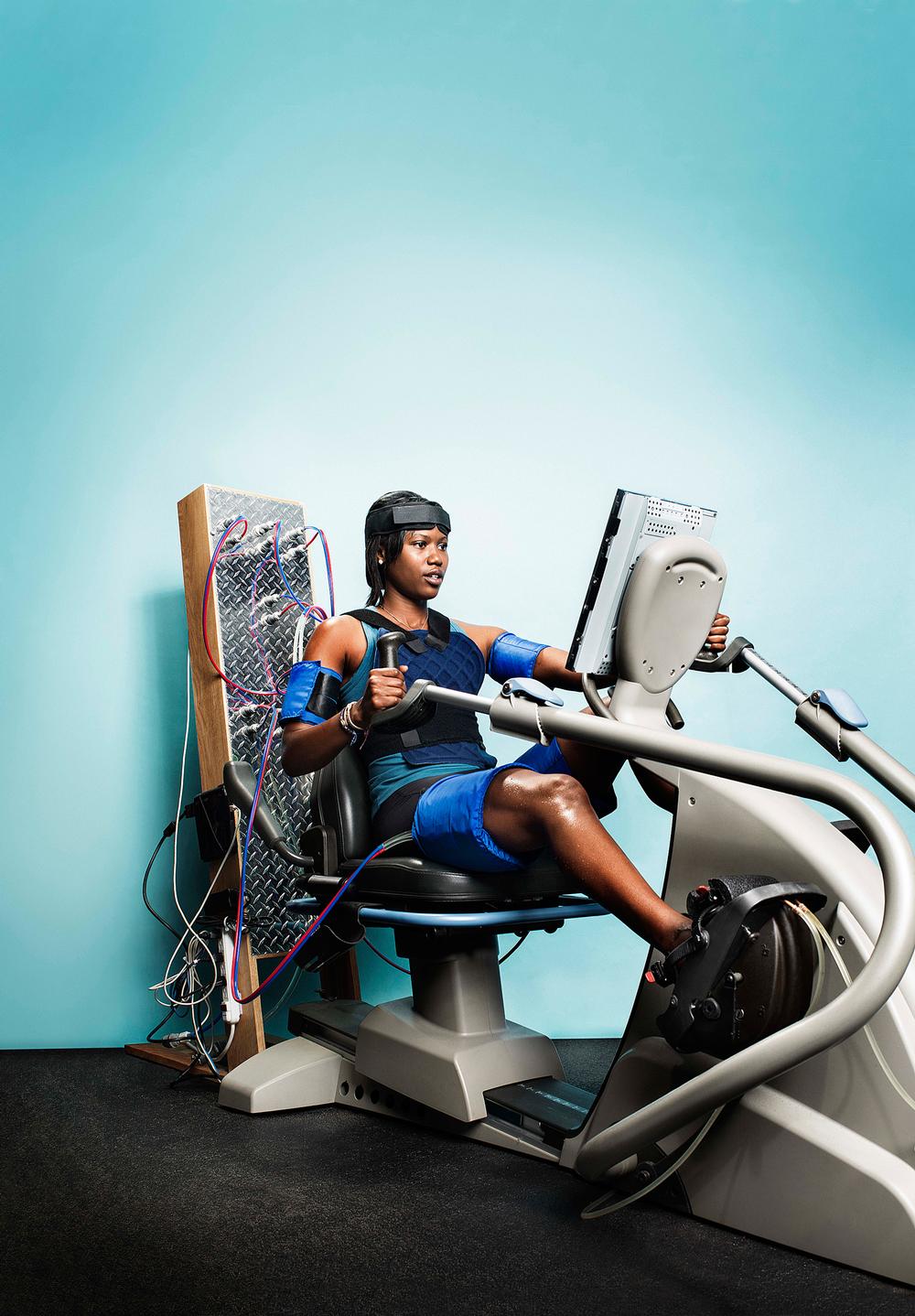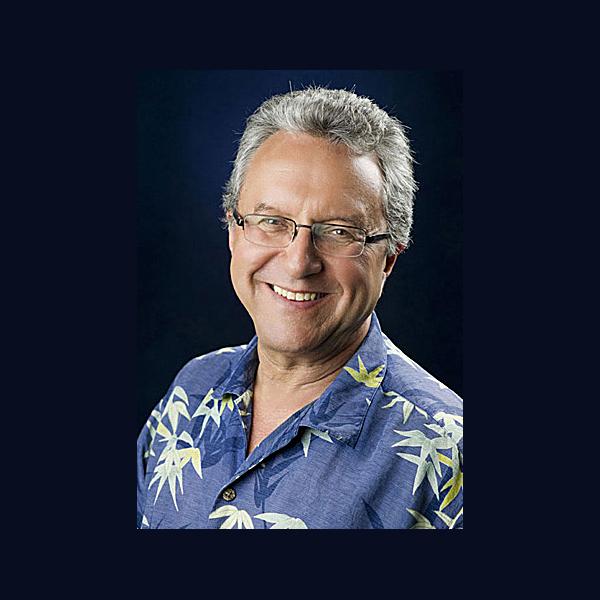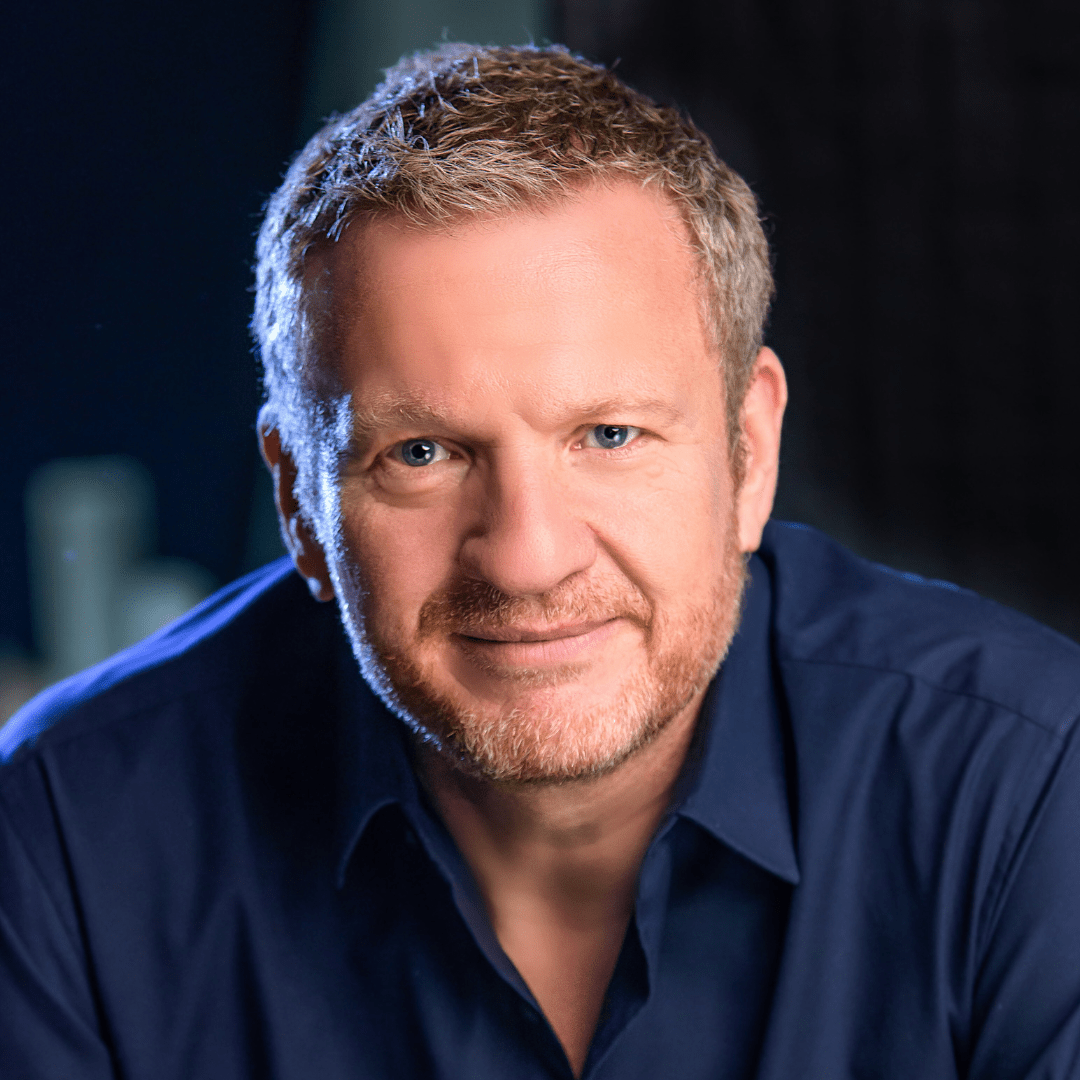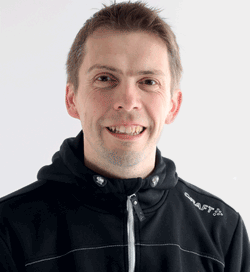There’s a new piece of cutting-edge equipment that’s grabbing the attention of NASA researchers and Olympic athletes alike, thanks to its ability to reproduce the effects of a high-intensity anaerobic training session in just 20 minutes. Vasper – which stands for vascular performance – uses cooling and compression systems to accelerate the activation of fast twitch muscles, placing them in an anaerobic state without the normal wear and tear on the body of a longer workout.
But it’s not just astronauts and elite sports people who can benefit from Vasper: it’s been created to optimise the health of any user at any level of fitness. So just how can it do this?
How it works
Designed by Peter Wasowski, an entrepreneur from Hawaii, the Vasper workout consists of a 20-minute intensive interval fitness programme, tailored to people’s abilities, on a recumbent bike. So far, so apparently normal. But the Vasper system has two particular hi-tech features that make all the difference.
Compression: Patented Vasper technology includes compression cuffs filled with cool liquid. According to Wasowski: “The cuffs place gentle pressure on the muscles of the upper arms and thighs to activate the fast twitch muscles and place them in an anaerobic state which, in turn, increases lactic acid.
“The build-up of lactic acid pushes the brain into a rebuild and recovery state, so it cranks up production of anabolic hormones such as human growth hormones (hGH) and testosterone.”
It’s these extra biochemicals that help rebuild and strengthen muscle tissue, and lead to additional health benefits associated with intense anaerobic exercise such as fat loss, increased muscle, more restful sleep, greater energy and an enhanced overall sense of wellbeing.
Core body cooling: As well as the cuffs, the Vasper system includes a cooling vest, copper footplates and a helmet. These are filled with chilled liquid and are designed to keep the body’s core temperature lower during exercise. Clients can push themselves a lot harder without sweating and without wear and tear. It also means that fatigue is less likely to set in – as it does when the body’s temperature rises – and strength, endurance and cognitive functions don’t start to deteriorate as rapidly, if at all.
After the exercise, users rest for 10 minutes on a liquid-cooled mat to flush out lactic acid, lessen fatigue and further maximise the benefits of the workout.
The benefits
In short, Wasowski says the Vasper system has “been designed to reproduce the effect of a high-intensity anaerobic training session, but with less effort and less physical damage”.
He adds: “Anaerobic exercise is traditionally only possible through heavy weightlifting or high-intensity interval training, which many people either can’t perform or don’t want to do.”
Other media claim that the 20-minute programme gives the benefit of a two-hour workout, but Wasowski will not confirm this. What he does say is that: “Vasper provides easier access to these anaerobic benefits to anyone, regardless of their physical ability or age.” He adds that it should be used to complement existing workouts rather than completely replacing them.
Uptake to date
For the moment, members of the public can only try out Vasper at its offices in Silicon Valley, California and Hawaii, US. Prices for the 30-minute session start at US$35 (E26, £21), but a number of packages and memberships are available. Once funding has been raised, the idea is to roll out the system in rehabilitation centres and to corporate clients.
One of its corporate clients includes Google, which installed Vasper at its Californian headquarters in May. It’s also being trialled by number of athletes who’ve written testimonials on the Vasper website.
Patrick Marleau, the star of the San Jose Sharks ice hockey team, says: “Within 20 minutes of my first use, I had the endorphin rush that you can usually only achieve after a much longer workout. It helps with my recovery after strenuous workouts… When I do Vasper before my workouts, I have some of the best workouts. I can maybe compare it to a runner’s high.”
Another advocate is US Olympic triple jumper Erica Ashley McLain (pictured), who used Vasper for rehabilitation following a serious injury. She says: “I was told I would never run again. A year later, I posted the top triple jump distance in the US. I feel confident that adding Vasper to my standard rehabilitation programme helped me beat the odds of my injury and helped me recover faster than any of my doctors expected.”
In 2011, Vasper also signed a three-year agreement with US space agency NASA. Astronauts have to exercise for a least four hours a day in space to prevent muscle and bone loss, and NASA is interested in seeing how Vasper might reduce workout time. Dr Jeffrey Smith at the NASA Ames Research Center told CBS San Francisco: “We’re not here to endorse them [Vasper], but we want to understand what they’re doing, how it’s scientifically possible, and what the potential of this technology might be for NASA.”

























































